In today's rapidly evolving business landscape, efficiency and automation have become paramount. At the heart of this drive for optimization lies a powerful tool: the workflow engine. But what exactly is a workflow engine, and why has it become so crucial for modern businesses? More importantly, how can we leverage the robust capabilities of .NET Core to build an effective workflow engine?
Understanding Workflow Engines in .NET Core
A .NET Core workflow engine is a sophisticated software application built on Microsoft's cross-platform, open-source framework. It's designed to manage and automate business processes according to predefined rules, serving as the backbone of business process automation. These engines enable organizations to orchestrate complex sequences of tasks, manage information flow, and ensure consistent execution of business logic.
The importance of workflow engines in today's business environment cannot be overstated. They offer numerous benefits, including:
Enhanced Efficiency: By automating repetitive tasks, .NET Core workflow engines can significantly reduce manual effort and streamline operations.
Improved Accuracy: Automated workflows minimize human error, ensuring consistent and correct execution of business processes.
Increased Visibility: Real-time insights into process performance enable better decision-making and continuous optimization.
Scalability: Built on the .NET Core framework, these workflow engines have the potential to scale to handle growing business needs.
Cross-Platform Compatibility: .NET Core's ability to run on multiple platforms ensures that workflows can be deployed across various environments.
Integration Capabilities: The .NET ecosystem facilitates integration with a range of systems and services, though this can be complex.
Cost-Effectiveness: By reducing manual labor and improving efficiency, .NET Core workflow engines can potentially lead to cost savings over time, but this must be weighed against development and maintenance costs.
Try Nected Workflow Builder for free.
Building a Workflow Engine with .NET Core: Step-by-Step Guide
Let's dive into the process of creating a basic workflow engine using .NET Core. We'll break down the components and explain each step in detail.
Step 1: Define the Workflow Structure
First, we need to define the basic structure of our workflow. This involves creating interfaces and classes that represent workflow steps and the overall workflow.
using System;
using System.Collections.Generic;
using System.Threading.Tasks;
public interface IWorkflowStep
{
Task ExecuteAsync(WorkflowContext context);
}
public class WorkflowContext
{
public Dictionary Data { get; set; } = new Dictionary();
}
public class WorkflowEngine
{
private readonly List _steps = new List();
public void AddStep(IWorkflowStep step)
{
_steps.Add(step);
}
public async Task RunAsync(WorkflowContext context)
{
foreach (var step in _steps)
{
if (!await step.ExecuteAsync(context))
{
return false;
}
}
return true;
}
}
Explanation: This code defines the basic structure of our workflow engine.
- IWorkflowStep is an interface that all workflow steps must implement, ensuring they have an ExecuteAsync method.
- WorkflowContext is a class that holds shared data between steps using a dictionary.
- WorkflowEngine manages the workflow, allowing steps to be added and executed sequentially. It runs each step and stops if any step fails.
Step 2: Implement Workflow Steps
Next, we'll implement concrete workflow steps. These steps represent specific actions or tasks in your business process.
public class EmailNotificationStep : IWorkflowStep
{
public async Task ExecuteAsync(WorkflowContext context)
{
Console.WriteLine("Sending email notification...");
// Simulate email sending
await Task.Delay(1000);
context.Data["EmailSent"] = true;
return true;
}
}
public class DataValidationStep : IWorkflowStep
{
public async Task ExecuteAsync(WorkflowContext context)
{
Console.WriteLine("Validating data...");
// Simulate data validation
await Task.Delay(500);
if (context.Data.ContainsKey("Amount"))
{
var amount = (int)context.Data["Amount"];
return amount > 0;
}
return false;
}
}
Explanation: These classes represent specific steps in our workflow.
- EmailNotificationStep simulates sending an email by waiting for 1 second and then marking the email as sent in the context.
- DataValidationStep checks if an "Amount" exists in the context and validates if it's greater than zero. This shows how steps can make decisions based on workflow data.
Step 3: Implement Error Handling and Logging
To make our workflow engine more robust, let's add error handling and logging capabilities.
using Microsoft.Extensions.Logging;
public class WorkflowEngine
{
private readonly List _steps = new List();
private readonly ILogger _logger;
public WorkflowEngine(ILogger logger)
{
_logger = logger;
}
public async Task RunAsync(WorkflowContext context)
{
for (int i = 0; i < _steps.Count; i++)
{
try
{
_logger.LogInformation($"Executing step {i + 1}");
if (!await _steps[i].ExecuteAsync(context))
{
_logger.LogWarning($"Step {i + 1} failed");
return false;
}
}
catch (Exception ex)
{
_logger.LogError(ex, $"Error executing step {i + 1}");
return false;
}
}
_logger.LogInformation("Workflow completed successfully");
return true;
}
}
Explanation: This enhanced WorkflowEngine includes error handling and logging.
- It uses ILogger to log information about each step's execution.
- The try-catch block captures any exceptions that occur during step execution.
- If a step fails or throws an exception, it's logged, and the workflow stops.
This enhanced `WorkflowEngine` includes logging to track the execution of steps and handle any exceptions that might occur.
Step 4: Implement Workflow Persistence
For long-running workflows, we need to implement persistence to save and resume workflow states.
public interface IWorkflowPersistence
{
Task SaveWorkflowStateAsync(string workflowId, WorkflowContext context, int currentStep);
Task<(WorkflowContext context, int currentStep)> LoadWorkflowStateAsync(string workflowId);
}
public class WorkflowEngine
{
private readonly List _steps = new List();
private readonly ILogger _logger;
private readonly IWorkflowPersistence _persistence;
public WorkflowEngine(ILogger logger, IWorkflowPersistence persistence)
{
_logger = logger;
_persistence = persistence;
}
public async Task RunAsync(string workflowId, WorkflowContext initialContext = null)
{
WorkflowContext context;
int currentStep;
if (initialContext == null)
{
(context, currentStep) = await _persistence.LoadWorkflowStateAsync(workflowId);
}
else
{
context = initialContext;
currentStep = 0;
}
for (int i = currentStep; i < _steps.Count; i++)
{
try
{
_logger.LogInformation($"Executing step {i + 1}");
if (!await _steps[i].ExecuteAsync(context))
{
_logger.LogWarning($"Step {i + 1} failed");
await _persistence.SaveWorkflowStateAsync(workflowId, context, i);
return false;
}
await _persistence.SaveWorkflowStateAsync(workflowId, context, i + 1);
}
catch (Exception ex)
{
_logger.LogError(ex, $"Error executing step {i + 1}");
await _persistence.SaveWorkflowStateAsync(workflowId, context, i);
return false;
}
}
_logger.LogInformation("Workflow completed successfully");
return true;
}
}
Explanation: This implementation adds persistence to our workflow engine.
- IWorkflowPersistence defines methods to save and load workflow state.
- The WorkflowEngine now accepts an IWorkflowPersistence in its constructor.
- Before running, it checks if there's an initial context. If not, it tries to load a saved state.
- After each step, the current state is saved, allowing the workflow to be resumed if interrupted.
This implementation allows workflows to be paused and resumed, which is crucial for long-running processes or handling system interruptions.
Step 5: Implement Parallel Execution
For more complex workflows, we might want to execute some steps in parallel. Here's how we can modify our engine to support this:
public class ParallelSteps : IWorkflowStep
{
private readonly IEnumerable _steps;
public ParallelSteps(IEnumerable steps)
{
_steps = steps;
}
public async Task ExecuteAsync(WorkflowContext context)
{
var tasks = _steps.Select(step => step.ExecuteAsync(context));
var results = await Task.WhenAll(tasks);
return results.All(r => r);
}
}
// Usage
var parallelSteps = new ParallelSteps(new List
{
new EmailNotificationStep(),
new DataValidationStep()
});
workflowEngine.AddStep(parallelSteps);
Explanation: This ParallelSteps class allows for concurrent execution of multiple steps.
- It takes a collection of steps in its constructor.
- The ExecuteAsync method runs all steps in parallel using Task.WhenAll.
- It returns true only if all parallel steps complete successfully.
- The usage example shows how to create a parallel step combining email notification and data validation.
This `ParallelSteps` class allows multiple steps to be executed concurrently, improving efficiency for independent tasks.
Limitations and Challenges of Manual .NET Core Workflow Implementation
While .NET Core provides a foundation for building workflow engines, manually coding a comprehensive solution comes with significant challenges that organizations must carefully consider:
- Steep Learning Curve: .NET Core, while powerful, is not as widely adopted as some other technologies. This can make it challenging to find developers with the necessary expertise, potentially leading to longer development times and higher costs.
- Microsoft Dependency: Despite being open-source, .NET Core is still closely tied to Microsoft's ecosystem. This can create concerns about long-term platform independence and may not align with organizations preferring fully vendor-neutral solutions.
- Complex Development Process: Building a full-featured workflow engine requires not just knowledge of .NET Core, but also a deep understanding of workflow patterns, concurrent programming, and distributed systems. This complexity can lead to extended development timelines and increased risk of bugs or security vulnerabilities.
- Limited Out-of-the-Box Functionality: Unlike specialized workflow platforms, .NET Core doesn't provide built-in constructs for workflow management. Developers must implement features like state management, persistence, and monitoring from scratch, which can be time-consuming and error-prone.
- Ongoing Maintenance Burden: Custom-built solutions demand continuous maintenance to keep up with .NET Core updates, security patches, and evolving business requirements. This ongoing cost can be substantial and is often underestimated in initial project planning.
- Scalability Challenges: While .NET Core itself is designed for performance, implementing a scalable workflow engine requires additional expertise in areas like distributed computing and database optimization. Achieving true enterprise-scale performance can be a significant challenge.
- Integration Complexities: Although .NET Core supports various integration methods, implementing seamless connections with diverse systems and third-party services often requires substantial custom development work.
- User Interface Limitations: Creating an intuitive, user-friendly interface for workflow design and management is a substantial challenge when building from scratch. This often results in tools that are powerful but difficult for non-technical users to operate.
- Lack of Built-in Analytics: Custom .NET Core solutions typically lack sophisticated analytics and reporting capabilities out of the box. Implementing these features requires additional development effort and expertise in data analysis and visualization.
- Version Control and Collaboration Challenges: Managing workflow versions and enabling team collaboration on workflow design can be complex to implement in a custom solution, potentially hindering productivity and governance.
Why use Nected to streamline Workflow Automation for your Business?
Given these limitations, many organizations are turning to specialized platforms like Nected for their workflow automation needs. Nected offers several advantages over manual .NET Core implementations:
- Rapid Development: Nected's low-code/no-code platform allows for quick creation and deployment of workflows, significantly reducing time-to-market compared to custom .NET Core development.
- Visual Workflow Design: An intuitive drag-and-drop interface enables both technical and non-technical users to design complex workflows, democratizing the process of workflow creation.
- Pre-built Components: A rich library of pre-configured workflow elements eliminates the need to code common functionalities, accelerating development and reducing potential for errors.
- Seamless Integration: Built-in connectors and APIs facilitate easy integration with existing systems and third-party services, without the need for extensive custom development.
- Scalability and Performance: Nected's architecture is designed to handle a large number of workflows efficiently, with built-in optimizations that would be complex to implement in a custom solution.
- Enhanced Security: Nected incorporates robust security features and compliance measures, reducing the risk associated with implementing security in a custom-built system.
- Flexibility and Adaptability: Easily modify workflows as business needs change, without the extensive redevelopment that might be required in a custom .NET Core solution.
- Vendor Support and Updates: Nected provides ongoing platform updates and support, relieving organizations of the burden of maintaining a custom workflow engine.
- Collaboration Features: Built-in version control and team collaboration tools promote organized workflow development and governance.
ROI Comparison
To illustrate the financial benefits of choosing Nected over a custom .NET Core solution, let's consider a hypothetical scenario for a medium-sized business:
|
Features
|
Nected
|
Sitemate
|
|
User-friendly interface
|
✅
|
✅
|
|
No-code workflow creation
|
✅
|
✅
|
|
Integration with multiple systems
|
✅
|
❌
|
|
Custom code integration
|
✅
|
❌
|
|
Real-time monitoring and alerts
|
✅
|
✅
|
|
Dedicated support
|
✅
|
✅
|
|
Scalability
|
✅
|
✅
|
|
Cost-effectiveness
|
✅
|
❌
|
This comparison demonstrates the significant cost advantages of Nected's approach. The rapid development, ease of use, and included features result in a much higher ROI compared to the custom .NET Core approach.
Try Nected today!
Conclusion
While .NET Core offers a powerful foundation for software development, creating a comprehensive workflow engine using this technology presents significant challenges. The complexity of development, ongoing maintenance requirements, and limitations in out-of-the-box functionality can make custom .NET Core workflow solutions a risky and potentially costly endeavor for many organizations.
Nected emerges as a compelling alternative, offering a robust, scalable, and user-friendly platform for workflow automation. By leveraging Nected's specialized approach, businesses can rapidly design, deploy, and iterate on workflows without the need for deep technical expertise in .NET Core or workflow engine architecture.
As we navigate an increasingly digital business landscape, the ability to efficiently manage and optimize workflows becomes crucial for maintaining a competitive edge. Nected stands at the forefront of this evolution, empowering businesses to transform their processes, boost productivity, and drive innovation without the complexities and risks associated with custom development.
In conclusion, while .NET Core remains a powerful tool for specific software development needs, platforms like Nected represent the future of workflow automation for most organizations. By providing an accessible, efficient, and feature-rich environment for workflow creation and management, Nected enables businesses of all sizes to harness the full potential of process automation, driving growth and success in our rapidly evolving digital world.
Try Nected today and streamline your business processes effortlessly.
FAQs
Q1. What are the main challenges of building a workflow engine with .NET Core, and how do they impact business operations?
Building a workflow engine with .NET Core presents several significant challenges. The steep learning curve of .NET Core requires specialized knowledge, which can lead to longer development times and higher training costs. The complex architecture needed for a scalable and efficient workflow engine demands expertise in areas like concurrent programming and distributed systems. .NET Core also has limited built-in workflow features, meaning developers must implement many workflow-specific functionalities from scratch, increasing development time and potential for errors. Integration difficulties arise as implementing seamless connections with diverse systems often requires substantial custom work, despite .NET Core's support for various integration methods. Additionally, custom solutions demand ongoing updates and bug fixes, creating a maintenance overhead that can divert resources from core business activities.
Q2. How does Nected address the limitations of custom .NET Core workflow solutions in terms of development speed, scalability, and user accessibility?
Nected addresses these limitations in several ways. Its low-code/no-code platform significantly reduces development time compared to custom .NET Core solutions, allowing businesses to implement new workflows quickly. Built on a cloud-native architecture, Nected is designed to handle enterprise-level workloads without the need for complex scaling strategies that would be required in a custom .NET Core solution. Nected provides a visual, drag-and-drop interface for workflow design, making it accessible to both technical and non-technical users. This democratization of workflow creation is difficult to achieve with custom .NET Core solutions.
Q3. In what scenarios might a custom .NET Core workflow engine be preferable to a platform like Nected, and what factors should businesses consider in this decision?
A custom .NET Core solution might be preferable in scenarios where a business has unique workflow needs that cannot be met by existing platforms. Organizations heavily invested in .NET technologies, where seamless integration with existing systems is crucial, might also prefer a custom solution. Businesses requiring full control over every aspect of the workflow engine for security or compliance reasons may lean towards custom development. When considering this decision, businesses should evaluate their in-house technical expertise in .NET Core, their capacity for long-term maintenance and updates, the uniqueness of their workflow requirements, time-to-market pressures, and budget considerations including the long-term costs of custom development compared to a platform subscription.
Q4. How does Nected ensure security and compliance in workflow automation compared to custom .NET Core solutions, particularly for industries with strict regulatory requirements?
Nected addresses security and compliance through a comprehensive approach. It includes robust authentication, authorization, and data encryption measures as built-in security features. The platform undergoes frequent third-party security assessments and maintains relevant industry certifications such as ISO 27001 and SOC 2. For industries with strict regulatory requirements, Nected offers specialized features and documentation to support compliance efforts. In contrast, custom .NET Core solutions would require implementing all these security measures independently, which can be resource-intensive and risk oversight of critical security aspects. The complexity of developing and maintaining these security features in a custom solution makes Nected's approach particularly valuable for businesses in highly regulated industries.
Q5. How do the long-term costs and ROI compare between developing a custom .NET Core workflow engine and using a platform like Nected?
The cost comparison between custom .NET Core development and Nected involves several factors. Custom .NET Core development typically involves high initial development costs, potentially running into hundreds of thousands of dollars. It also incurs ongoing maintenance and update costs, as well as expenses for scaling infrastructure. There are potential opportunity costs due to longer development time. In contrast, Nected operates on a subscription model, with fees typically a fraction of custom development costs. It involves minimal to no maintenance costs and includes scaling capabilities. Nected also offers faster time-to-market, potentially leading to earlier ROI. Long-term ROI tends to favor platforms like Nected due to reduced total cost of ownership, faster implementation of new workflows, continuous platform improvements without additional cost, and the ability to reallocate IT resources to core business initiatives. However, the exact ROI depends on specific business needs, usage patterns, and the effectiveness of workflow implementations. Businesses should carefully analyze their unique situation to determine the most cost-effective and beneficial approach for their workflow automation needs.
Q6. What is workflow in .NET Core?
.NET Core workflow engine is a sophisticated software application built on Microsoft's cross-platform, open-source framework. It's designed to manage and automate business processes according to predefined rules, serving as the backbone of business process automation.
Q7. What are the benefits of using a .NET workflow engine?
A .NET workflow engine helps automate business processes by managing task execution, approvals, and data flows efficiently. Key benefits include faster development, scalability, seamless integration with .NET applications, better process visibility, and reduced manual errors. Popular options like Windows Workflow Foundation (WWF) and Workflow Core enable flexible workflow automation in .NET environments.



.png)
.svg)
.webp)

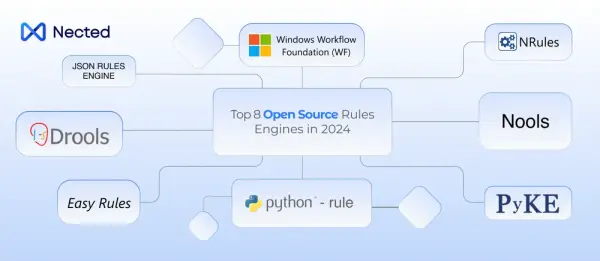




.svg)


.png)

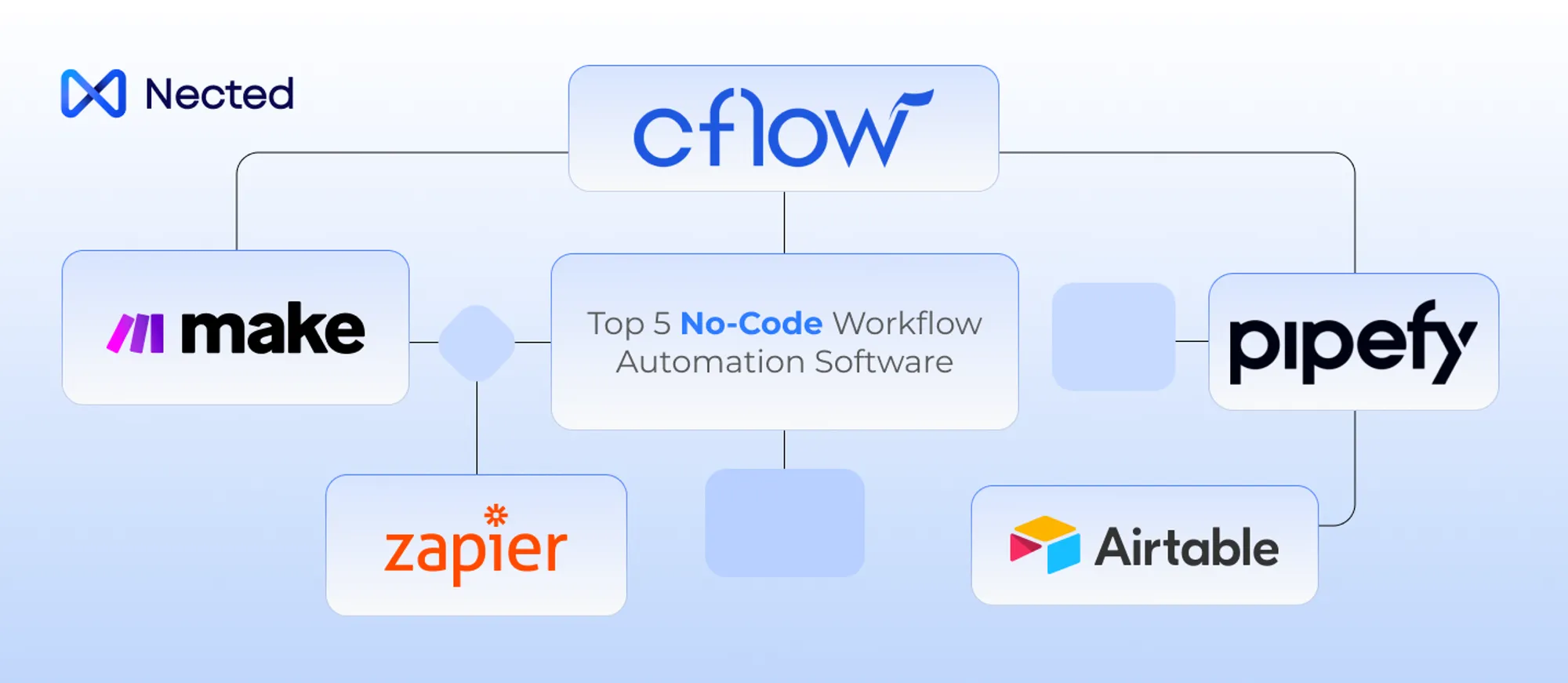
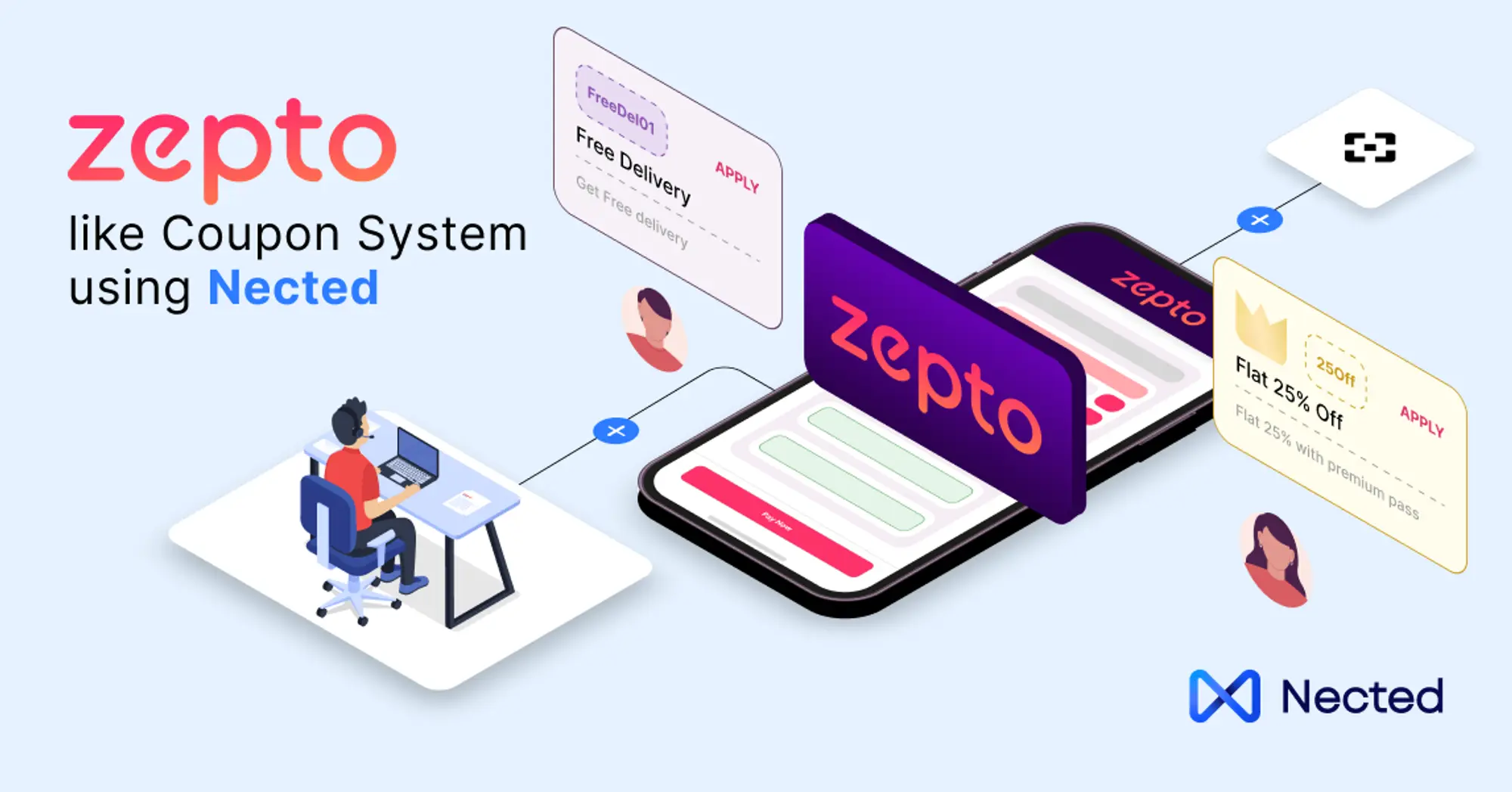
.webp)
.webp)

.webp)


.svg)





.webp)
.svg.webp)


.png)

_result.webp)
.webp)



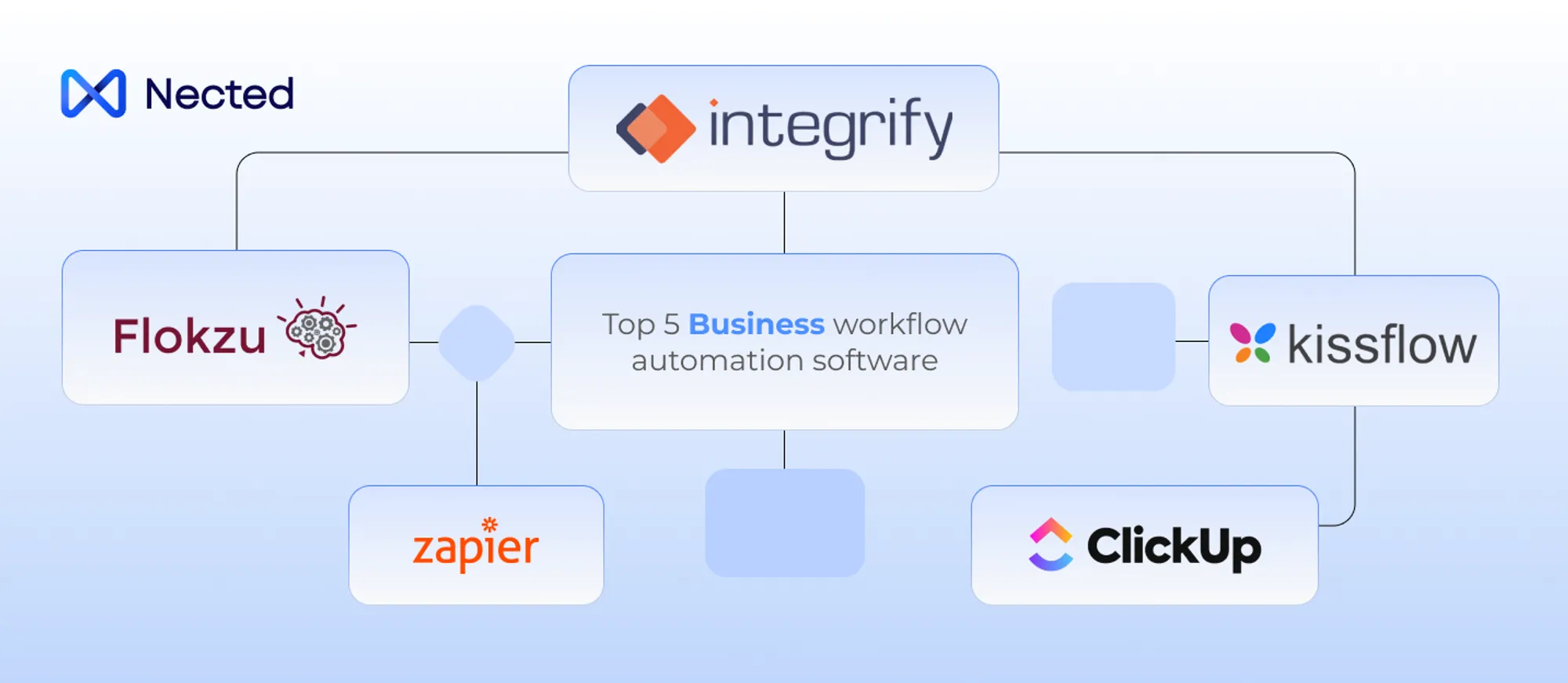
.webp)


%20m.webp)
.webp)
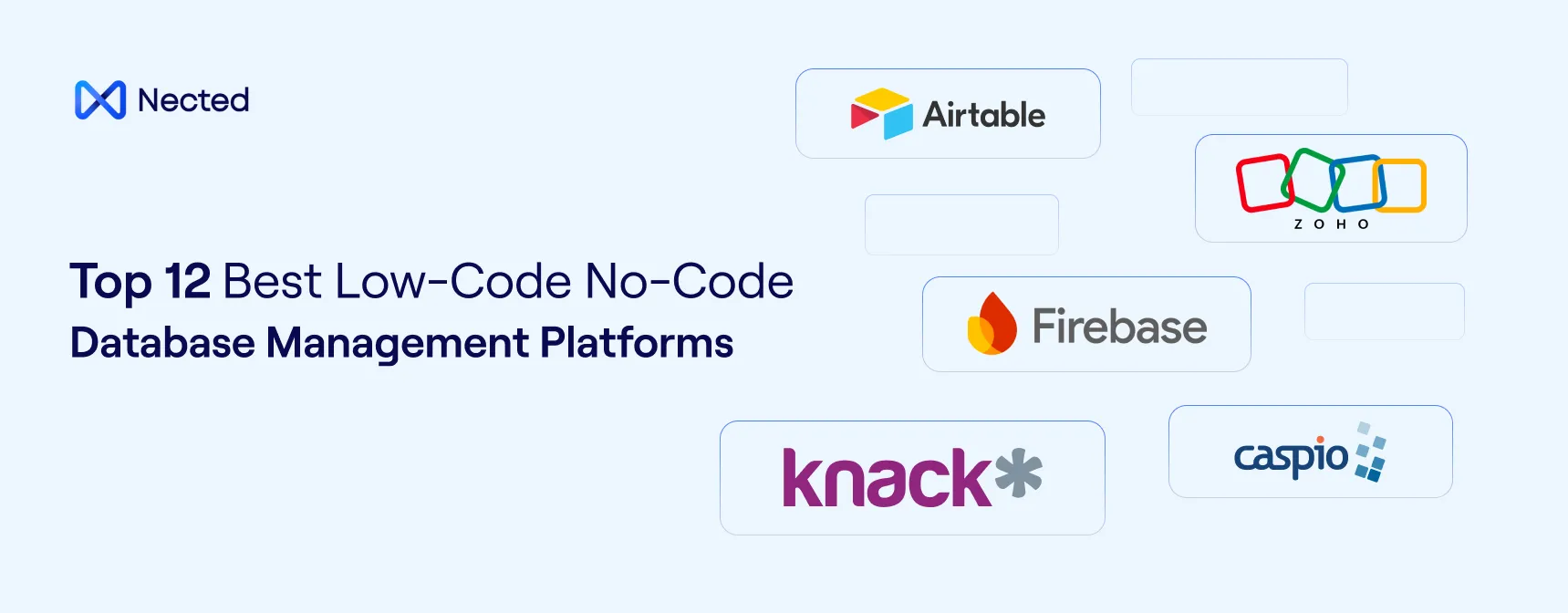

.webp)
.webp)






%20(1).webp)
